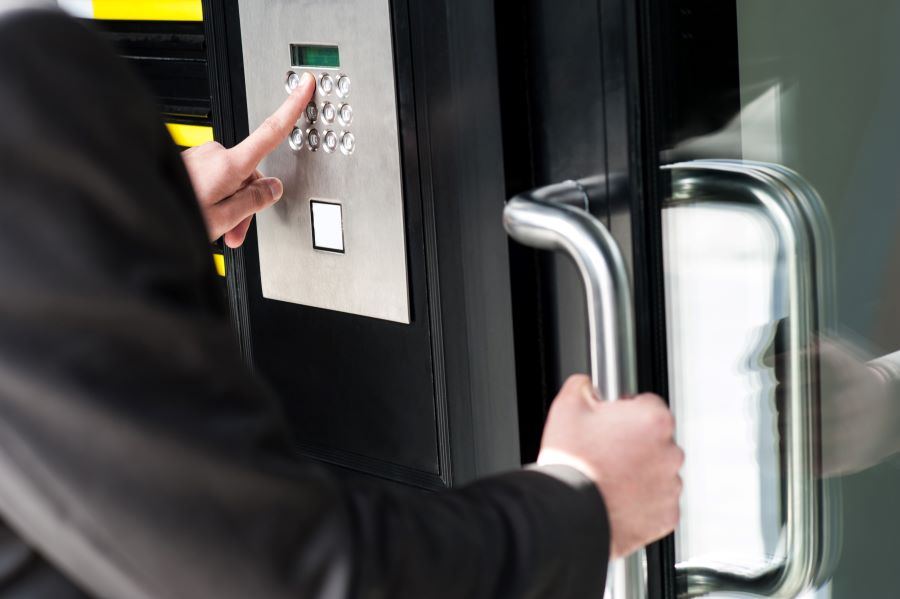Updating Access Control Systems for Security and Safety in 2022
Today’s Access Control Systems Are Secure, Reliable, and Safe

Today’s access control systems leverage biometrics and smartcard technology to control access to buildings and restricted areas. HR and accounting also use the system to track employees, contractors, and vendors. But, what happens as more employees and operators work remotely? And are these systems secure against the growing number of cybercriminals?
As the business landscape transforms around us, the need to update legacy access and security systems becomes more critical than ever. Here, we’ll cover a few of the reasons you may need to update your San Antonio, TX, access control system.
SEE ALSO: A Custom Security System Takes Into Account Your Business, Layout, and Unique Operations
1. Your Access Control System was Installed Over a Decade Ago
Implementing software updates and secure card technology is crucial in this current environment of exponentially rising cybercrime. If a hacker connects to a network, they may be able to access legacy door opening codes and login passwords by eavesdropping on the communication between devices.
Older control systems use an unsecured and unencrypted protocol for communication between the reader and the controller, leaving systems vulnerable to attack. An Open Supervised Device Protocol is the optimal standard and meets the Federal Identity, Credential, and Access Management guidelines.
If using smartcards, always use the latest generation with updated technology. Make sure to extend this protection and security protocols such as authentication and encryption to your electronic door locks.
2. No Mobile Access Control
Mobile-based access control is one of the fastest-growing segments in security systems. This control system allows employees to use their smartphones, tablets, and wearable electronic devices as their credentials, allowing them to access office or business space.
3. You Have an On-Premise Access Control System
An on-premise system requires a dedicated onsite computer server and a license to run the software. Cloud-based services are hosted on remote servers over the internet. This SaaS model offers lower costs, 24-hour monitoring, cloud storage, and information security and encryption updates.
In addition to higher security, multi-sites can be managed from one online platform, offering limitless scalability. Administrators or security can grant and revoke access immediately, in real-time, and from anywhere in the world.
4. Your System Is Made Up of Disparate Devices
Unifying your security system means that all devices work in tandem, taking the security of your assets and personnel to a whole new level. An integrated security platform manages access control, video cameras, intrusion, and intercoms through a centralized open architecture that provides data, analytics, and surveillance on one easy-to-use interface.
When working with a security systems integrator, make sure they recommend the top systems that fit within your budget and that they have extensive experience in design, installation, and security. At ASAP Security Services, we’ve been protecting Texans and their businesses since 1947.
We’ve installed access and security systems in government agencies, schools, law enforcement facilities, hospitals, small businesses, and large corporations and understand the unique security requirements each possesses. To learn more about today’s access control solutions or to schedule a complimentary consultation, contact ASAP Security Services today.